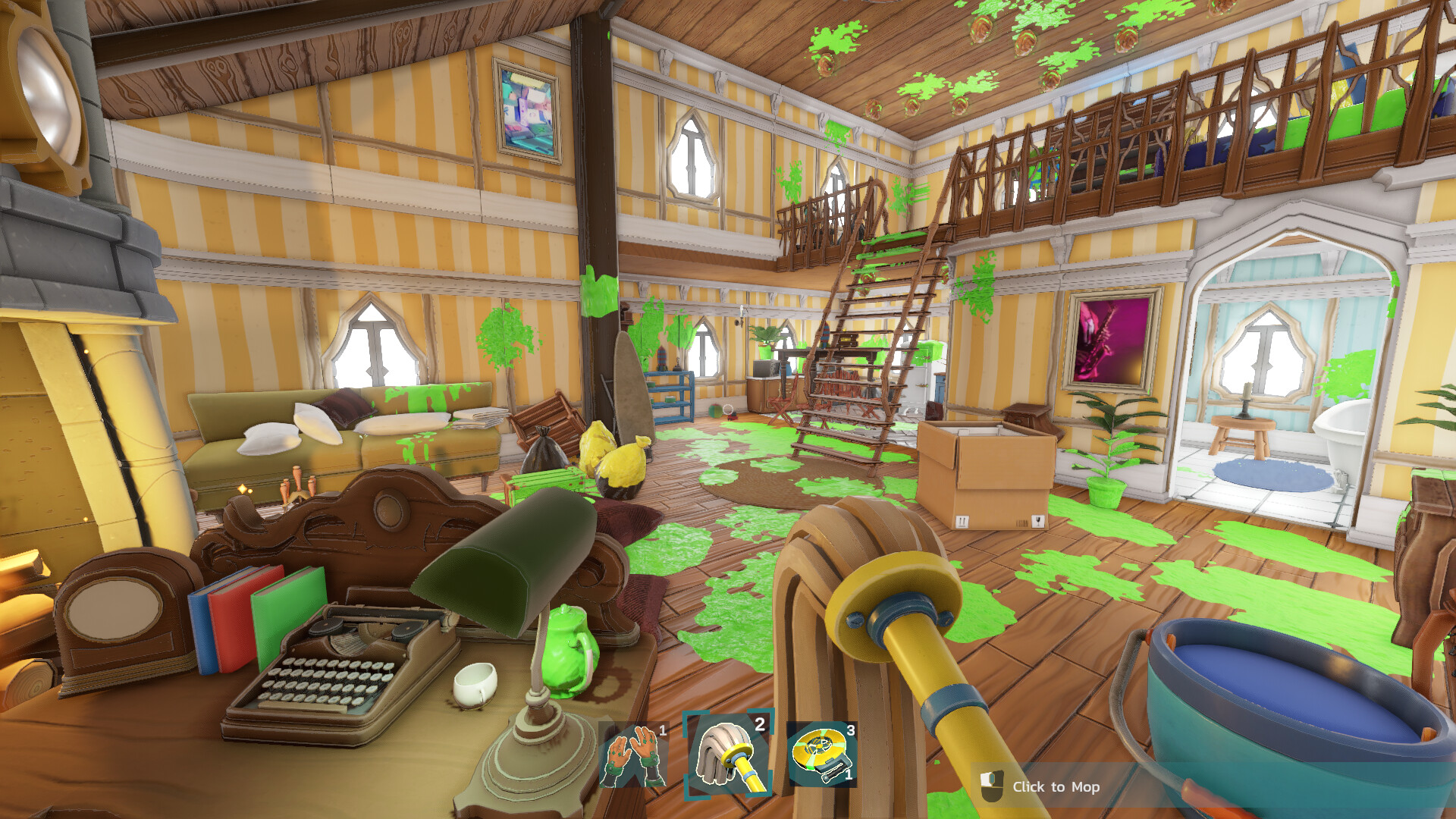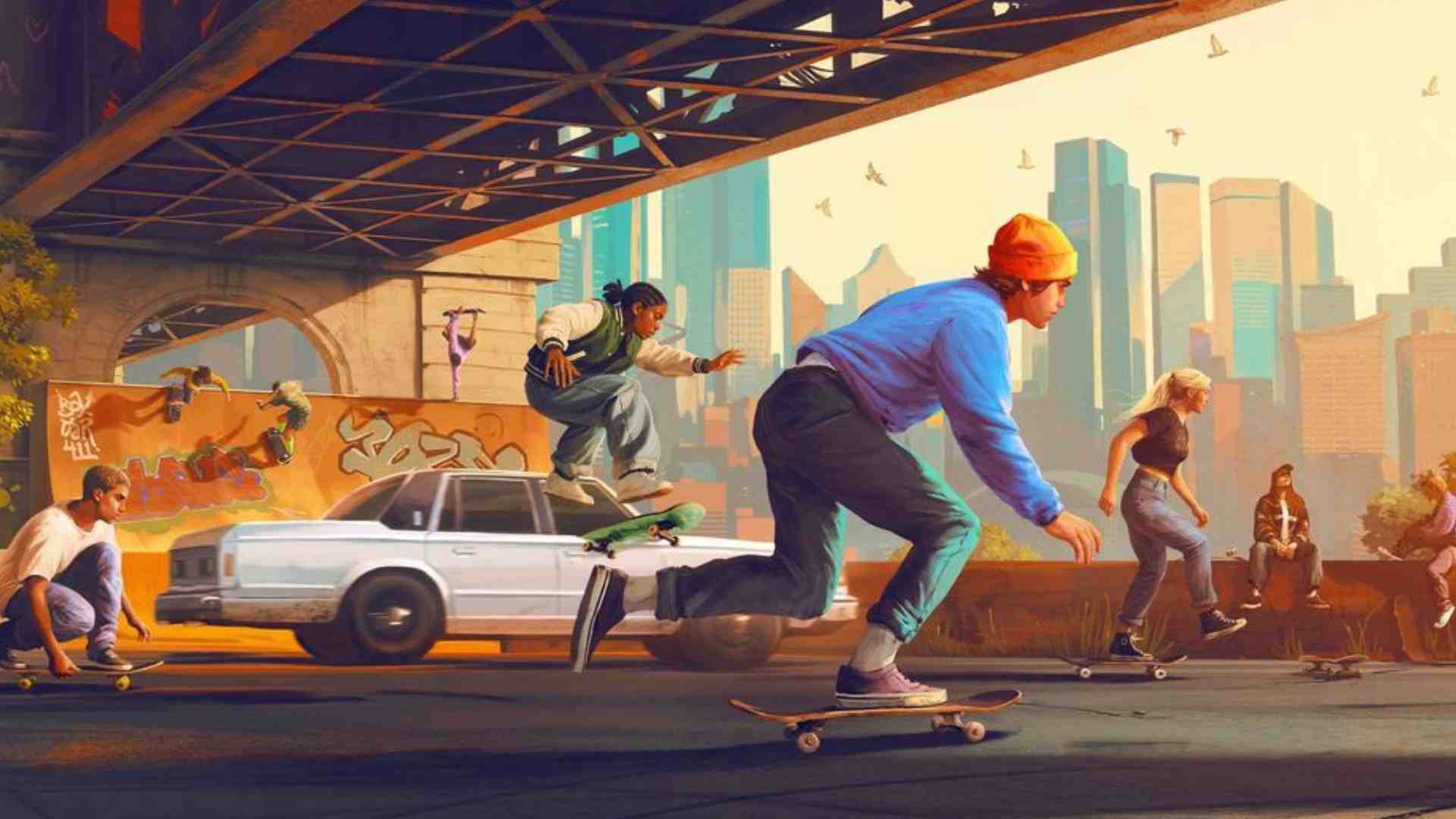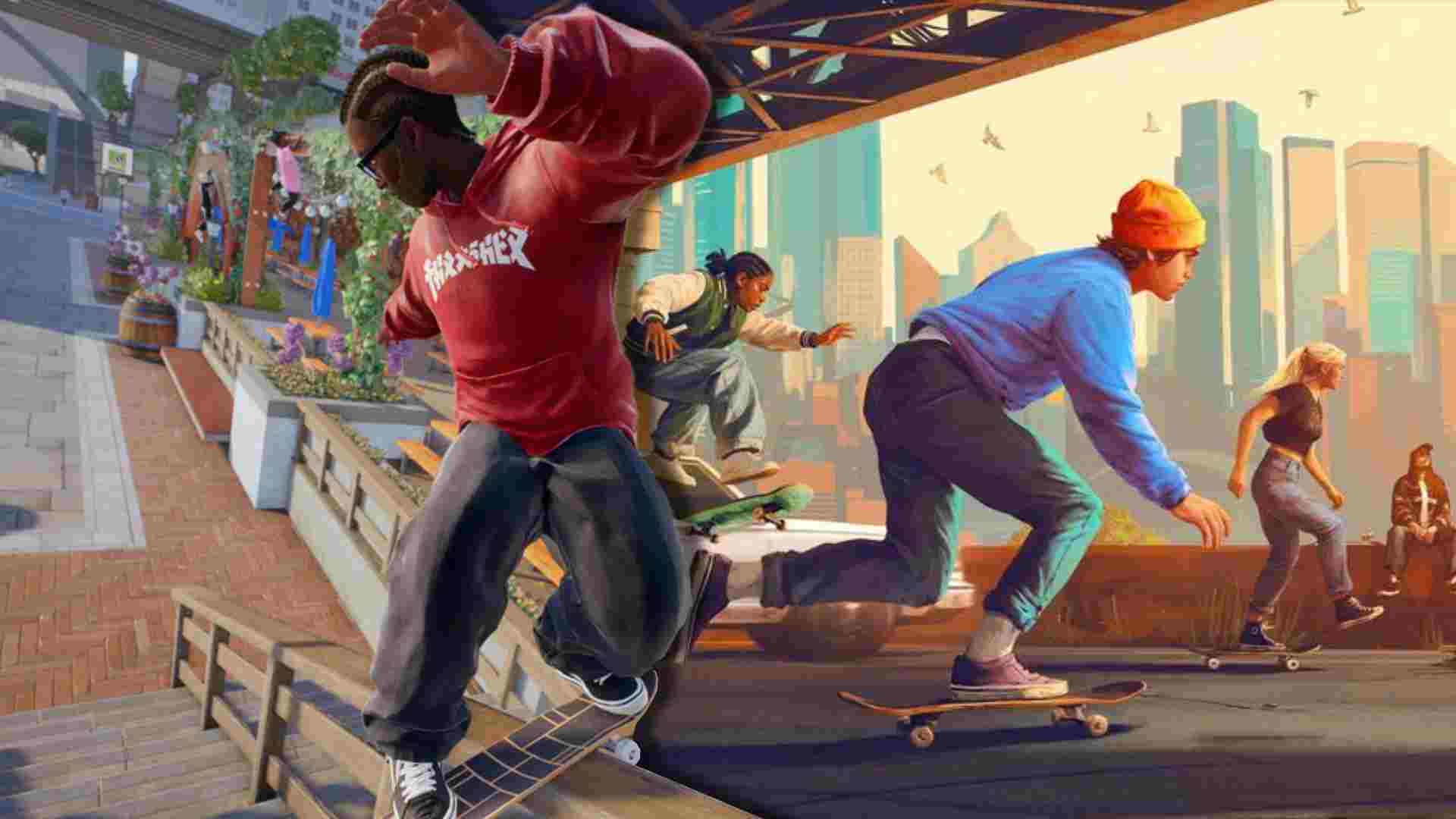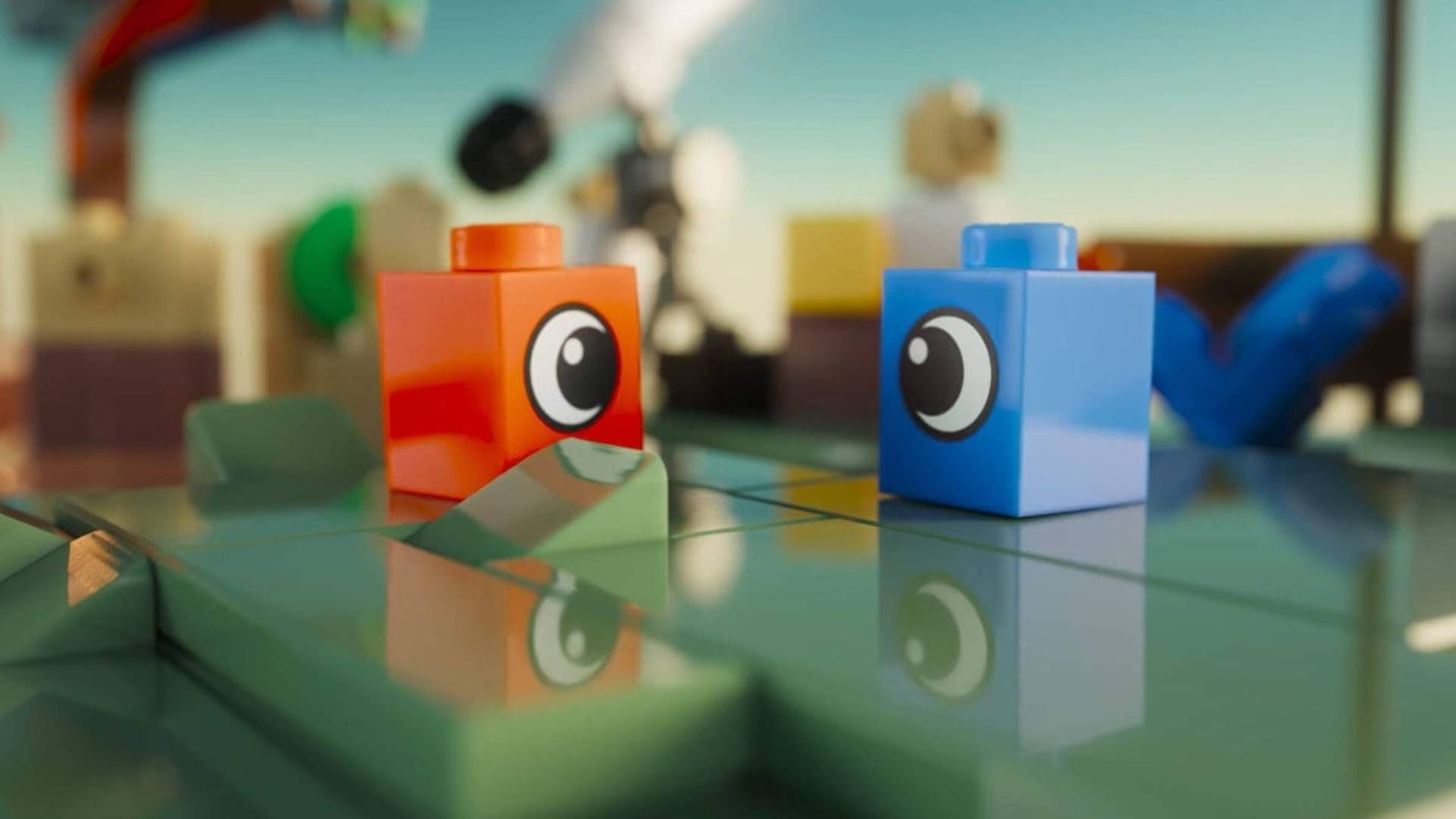You can trust VideoGamer. Our team of gaming experts spend hours testing and reviewing the latest games, to ensure you're reading the most comprehensive guide possible. Rest assured, all imagery and advice is unique and original. Check out how we test and review games here
We’ve seen a great many changes over the last ten years. The way we play games has changed, the way we buy games has changed, and, most important of all, games themselves have changed. The decade began with a bang: Microsoft’s confident entry into the home console market gave us Halo. Then, in the blink of an eye, the Xbox 360 was upon us. As Sony’s PS2 enjoyed an Indian summer, Nintendo rose like a phoenix from the ashes of the GameCube, blazing a trail for family-friendly gaming with its Nintendo DS and Wii – perhaps the two best marketed consoles of all time. Now, as the Noughties comes to an end, it’s time to reflect. How, exactly, has gaming changed? What are the decade’s defining trends? Here, in a special VideoGamer.com Top 10, we find out.
10. Mergers
/https://oimg.videogamer.com/images/ec23/decademomentsactibliz.jpg)
Consolidation, consolidation, consolidation. As the stakes rose and game publishers struggled to satisfy their shareholders, mergers offered an attractive financial safety blanket. In Japan, a territory which has suffered a steady decline in sales and global gaming influence, Square Enix (2003), Sega Sammy (2004), Namco Bandai (2005), and Tecmo Koei (2009) were all founded. In the West, Mass Effect developer BioWare merged with now defunct Mercenaries developer Pandemic to form a kind of “super dev”, which was itself bought by EA in 2007. But these mergers pale in comparison with the formation of Activision Blizzard in 2007. The eye-watering $18 billion deal brought together the Call of Duty publisher with Blizzard parent company Vivendi, and sent shockwaves tearing through the industry. No doubt in response, EA tried and failed to buy Grand Theft Auto publisher Take-Two. Now, as the global economy struggles with recession, losses are growing and revenues are falling. More mergers, you feel, won’t be far away.
9. Open world gaming
/https://oimg.videogamer.com/images/1c81/gta4previewjan09.jpg)
At the end of 2001, DMA Design’s notorious Grand Theft Auto franchise finally made the jump to 3D gaming. The impact of this event hit the industry like a brick through a shop window. GTA3’s appropriately-named Liberty City was the perfect playground for deviant minds: you could steal any car you liked, you could start a riot by attacking pedestrians – you could even go kerb crawling for hookers, if you really wanted to. This free-form gameplay was unlike anything we’d ever seen before; we wanted more, and that’s exactly what we got: from the dusty streets of Jerusalem (Assassin’s Creed) to the radioactive wastes of post-apocalyptic Washington (Fallout 3), this new breed of game allowed us to explore and use our surroundings with near limitless freedom – resulting in many of the best releases of the decade. It wasn’t all good though; who can forget the notoriously awful Driv3r?
8. Increasing importance of Metacritic/Gamerankings
/https://oimg.videogamer.com/images/f4bd/decadetrendsmeta.jpg)
Review scores and critical appraisal have been part of the industry since the early Eighties, but as with so many other aspects of the modern media, the rise of the Internet has changed the rules of the game. By gathering together dozens of reviews on a single web page, Metacritic effectively acts as an immediate barometer for the overall success or failure of a given product. The impact of this service upon the games industry cannot be overstated. Jobs are won and lost as a result of aggregate scores, and if you believe the conspiracy theorists, influential pockets are lined with gold to ensure positive word of mouth. We wouldn’t mind these allegations, if only someone was lining ours.
7. Massively multiplayer online role-playing games
/https://oimg.videogamer.com/images/f731/savepspwow.jpg)
As internet speeds rose, so did the popularity of online-focused video games. On the PC, MMORPGs emerged as a popular genre. Sony’s EverQuest was, for the first half of the decade, the standard bearer, with healthy subscription rates and polished gameplay. But in 2005 everything we thought we knew about MMORPGs was unceremoniously blown away by Blizzard’s World of Warcraft. The game’s unprecedented popularity put MMOs on the gaming map, and led to a glut of releases from rival publishers desperate for a piece of the subscription revenue pie. EA’s Warhammer Online, Funcom’s Age of Conan and Codemasters’ Lord of the Rings Online have all enjoyed some success, but none have come close to challenging WoW’s dominance. MMORPGs were, of course, around before the Noughties began, but the last ten years marked their rise to prominence.
6. Downloadable content and games on demand
/https://oimg.videogamer.com/images/78da/decadetrendsdlc.jpg)
Publishers used to release a game and then forget about it. As the Noughties wore on, this became impossible. These days we demand a steady stream of downloadable content, be it in the form of new maps, weapons, armour or missions, long after a game’s release, and we’re willing to pay for it. We demand a downloadable demo, playable on Xbox LIVE or PSN, before we fork out our hard-earned cash for the full game. And, when the full game is finally out, we want to play it at midnight, having downloaded it from Steam or one of the many digital distribution channels. How we get our games has changed so much over the course of the decade that for some the idea of physically going to a shop and handing over real life cash in exchange for a disc in a plastic box seems alien. Broadband has allowed the likes of Xbox LIVE, PSN, the Wii Shop Channel and Steam to flourish, and provided a platform for smaller developers to self-publish and make money from experimental indie games and retro arcade shooters. When we’re doing this list at the end of the… what will it be called… the Teens, history will have judged the Noughties the decade of the download.
5. High definition gaming revolution
/https://oimg.videogamer.com/images/4304/psp2hd.jpg)
HD gaming was, for the first half of the decade, the preserve of tech savvy PC gamers with expensive monitors. But as HD televisions became affordable, more and more households decided to take the plunge, and it finally hit the big time. And in 2005, with the release of the Xbox 360, console gamers could finally join the party PC gamers had been raving about for years. Now, of course, everything needs to be HD (unless you’re Nintendo, in which case you don’t even know what HD is). Sony’s PS3 is an attractive purchase for pixel perverts with it’s built in 1080p Blu-ray player. No matter where you turn, HD gaming is now part of the furniture. We take it for granted. We expect it. Those who love it can’t go back to standard definition, and those who are yet to embrace it look at their HD-loving friends with wide-eyed envy.
4. Online console gaming
/https://oimg.videogamer.com/images/dfae/2008360visionlive.jpg)
Xbox LIVE’s influence and impact on the decade cannot be understated. Bungie’s Halo 2 owes much of its success to the subscription-based service; the game’s XBL integration was flawless, and introduced millions of first-person shooter fans to an exciting new world of online fragging, all supported by revolutionary matchmaking. Online console gaming never looked back. On Xbox 360: Gears of War, Halo 3 and Gears of War 2. On PS3: Killzone 2, LittleBigPlanet and Uncharted 2. Even Nintendo’s Wii, a console that hasn’t exactly embraced online console gaming, has a few games best-played online (Mario Kart Wii is probably the finest example). And what about the Modern Warfares and the Left 4 Deads of this world? We’ve seen gaming go through enormous change over the last ten years, but for console gamers, the emergence of online might just be the most important.
3. Rise of the Xbox
/https://oimg.videogamer.com/images/46f9/xbox2008a.jpg)
It was only a matter of time before Microsoft, backed by Bill Gates’ millions, joined the console war. And when it did, it opened fire with a bang. The Xbox’s ammo was Halo, the first-person shooter that convinced so many to buy the console. But before we had got to grips with our oversized controllers, Microsoft launched the Xbox 360, a high definition, high powered monster of a console. Gears of War, Halo 3, and Gears of War 2 – all stunning shooters – solidified the 360 as the hardcore gamers’ console of choice. And let’s not forget Xbox LIVE, launched so successfully on the original Xbox. There can be no doubt – the Xbox’s rise to prominence has been speedy. And it’s achieved its success by playing aggressive. Microsoft isn’t afraid to slash the price of its consoles (it’s cheaper than the Wii), scrap failed add-ons (HD-DVD) or splash cash coveting third-party publishers (Mass Effect, Final Fantasy XIII and GTA 4). Microsoft has the hardcore wrapped around its finger. The challenge it faces over the next ten years is: can it take on the Wii?
2. Casual gaming explosion
/https://oimg.videogamer.com/images/8de3/top50rockband2.jpg)
The roots of casual gaming can perhaps be seen in Sony’s efforts to turn the PlayStation into a lifestyle brand, but there’s no doubt as to who really pioneered the rise of casual gaming. With the Wii and the DS, Nintendo delivered a two-hit combo that changed the face of the industry, bringing into the fold all the siblings, parents and significant others who previously looked upon gaming with apathy, disdain, confusion – or perhaps a mix of all three. The pick-up-and-play nature of the Wii Remote has a lot to do with this transition, and while hardcore gamers may lament the incursion of “waggling” into their beloved pass-time, it’s clear that motion controls will feature heavily in the future plans of both Sony and Microsoft. The thing is, casual gaming is about more than just Nintendo: it’s the snowballing popularity of Guitar Hero and Rockband, it’s Sony taking a gamble on the EyeToy, it’s a million drunken revellers playing SingStar at the office Christmas party. Whatever the next decade holds, gaming will never again be regarded as a niche activity.
1. The return of Nintendo
/https://oimg.videogamer.com/images/482c/2008disappointmentsnintendo.jpg)
In 2004, Nintendo was a joke. Not only had the GameCube failed to dent the PS2’s dominance, but it had fallen behind Microsoft’s new machine, the Xbox, into third place. Nintendo was in such a state that some suggested it was about to do a SEGA and stop making consoles altogether. How wrong they were. In November 2004, Nintendo released the Nintendo DS, a dual screen handheld console that allowed players to interact with games via a stylus. At last count, 100 million had been shipped around the world. In late 2006, it released the motion-sensing Wii, a console many refused to take seriously. Over 50 million have been sold globally; it’s the fastest-selling console in history, and the clear winner in the current console war. Backed by superb mainstream-targeted marketing, and a commitment to accessible, family-friendly gaming, Not only did Nintendo achieve a remarkable turnaround, it well and truly “pwned” the Noughties.







